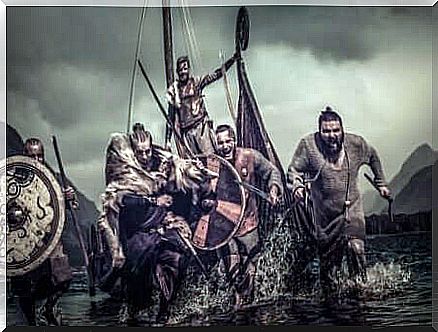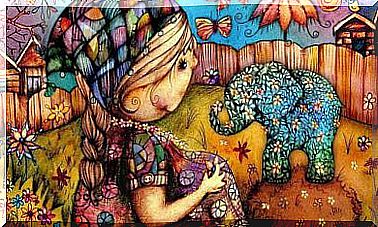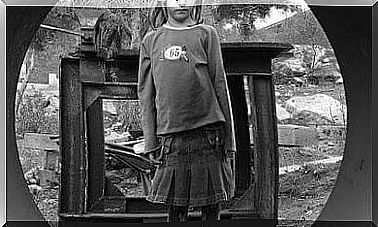The Vikings, Bloodthirsty Assassins?

Among all the peoples who have found themselves in the pages of history, the Vikings are arguably one of the best known and admired. A source of inspiration for many novels, series and feature films, we all have a well-defined image of these sailors and warriors. However, the historical knowledge that we have of this people is far from very clear and often it contradicts popular legends.
It is essential to take into consideration the following point: as is the case with many other peoples of history, the contemporary texts which speak of the Vikings during the 8th or 9th centuries were written by their enemies.
To these writings, is added the incredible cultural shock that the arrival of the Vikings or Normans for Western and Southern Europe supposed. All of this information results in an explosive cocktail that has reached us. But were the Vikings really cruel, bloodthirsty and invincible aggressors as history tells?
Europe in the 8th century
During the year 476 AD, Romulus, the last emperor of the western slope of the Roman Empire, was overthrown by Odoacre. This event seems to mark the end of an era, but the reality is quite different.
After the crisis of the third century, the successive arrival of barbarian tribes and the loss of power in Rome suppose the disintegration of the Empire and the appearance of more or less independent territories. From our perspective, the Arabs and the Vikings are just two more peoples to have invaded the Christian world during those centuries. From their perspective, it’s just the opposite.
What is certain is that the new kingdoms born from the union of Roman culture and barbarians enjoyed a certain stability and peace. With the exception of the Iberian Peninsula, the other territories did not fear the invasion of pagan peoples.
The barbarians were Romanized and Christianized, and the war between Christians respected certain codes. The Arab threat was not present on the Cantabrian coast, in the north and in the interior. The Saxons and other peoples who still worshiped the ancient gods did not pose a strong threat.

Vikings on the coasts
During the year 793 AD, in the monastery of Lindisfarne in England, the first major Norman attack in the West took place. This attack marks the start of the Viking Age. The clashes are terribly unequal.
Many monasteries, ports and populations near European coasts lack defenses. This is not the case for the Mediterranean world. The monks and the villagers have no military preparation. Faced with this weakness, looting is frequent.
The Vikings, not yet Christianized, did not respect holy places. After centuries of “Christian peace”, the barbarism of the giants of the North is absolutely traumatic. Our current view of the Vikings stems from these stories.
Ruthless barbarians
The victims of the looting of the Vikings collected all the cruelties and tortures committed by the latter. Written sources describe a panorama never seen before, and it is difficult to discern the exaggerations.
Some chefs like Ragnar who is famous today seem to stand out for their savagery. Others, on the other hand, did not differ from the armies of the time. It seems clear that practices like “the blood eagle” are the figment of the chroniclers’ imagination.
Nowadays, archaeological evidence shows that the Vikings were traders and farmers, not so much soldiers. Moreover, they would have taken advantage of their skill for navigation and looting only after the crisis of overpopulation in their native land. Even during times of great violence, their main source of income continued to be commerce.

The invincibility of the Vikings
Their boats capable of navigating European rivers enabled them to attack peoples by surprise. Their size, which today corresponds to the European average, in medieval times made them look like giants. Their terror tactics favored the surrender of their opponents and thus enabled them to avoid fighting. Their military discipline, aside from what we can consider today, was intense for the time. Nonetheless, despite all of this, the Vikings were far from invincible.
Although they did rack up surprising victories in Western and Eastern Europe, conquest was never their goal. Rapid attacks and leaks encouraged looting. But European monarchs were quick to take action.
The victories of Abd al-Rahman II, Ramire I and Louis III demonstrate it: the Vikings were vulnerable. After the first dramatic decades, the Vikings allied themselves with different factions of European politics until they fully integrated into a world in which they were once so feared. Nowadays, legends and history intertwine in a legacy of one of the most fascinating peoples of medieval times.









